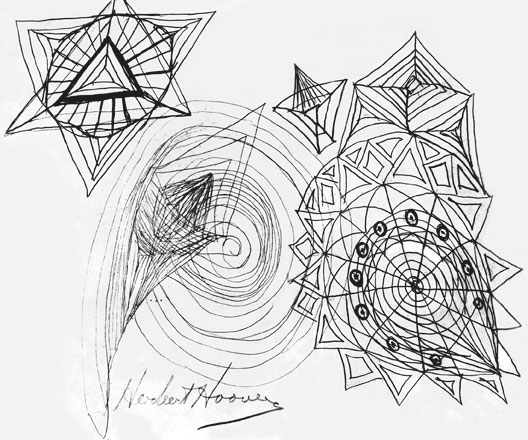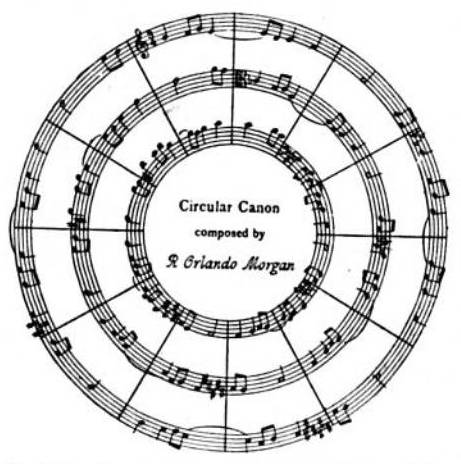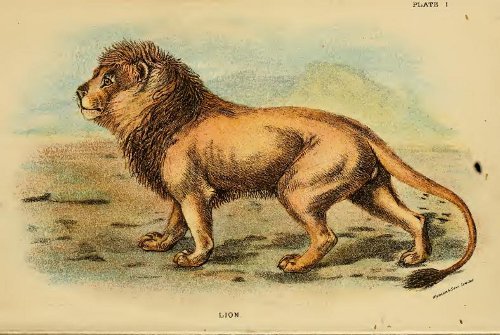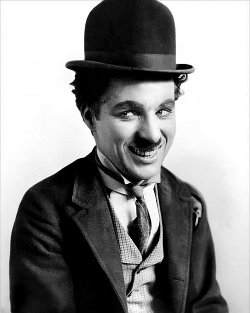The Cincinnati Gazette says that ‘William Marcy, a colored boy from Kentucky, who was in that city lately, can add up columns of figures of any length, divide any given sum, multiply millions by thousands within five minutes from the time the figures are given to him, and with such exactness as to render it truly wonderful. Recently, in the presence of a party of gentlemen, he added a column of figures, eight in a line, and one hundred and eighty lines, making the sum total of several millions, within six minutes. The feat was so astounding, and apparently incredible, that several of the party took off their coats, and, dividing the sum, went to work, and in two hours after they commenced produced identically the same answers. The boy is not quite seventeen years of age; he cannot read nor write, and in every other branch of an English education is entirely deficient.’
— The National Magazine, December 1853




